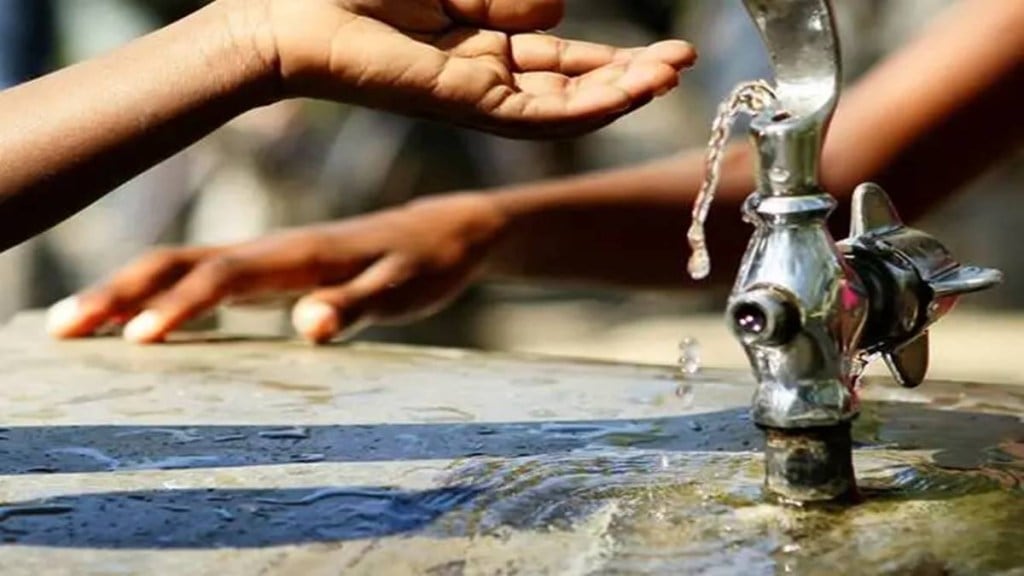By Maithili Rege & Krithika R
India is home to approximately 17% of the global population, but has access to only 4% of the world’s freshwater resources, making us more vulnerable to the global water crises than many other countries. The Composite Water Management Index (CWMI) report released by NITI Aayog revealed that by 2030, India’s water demand is expected to double compared to the available supply, resulting in acute water scarcity affecting millions of people. 80% of available freshwater in India is used by Agriculture. With ~74% of wheat and ~65% of rice cultivation areas facing water scarcity, India’s food security is as much at risk as its water security.
Further, the impacts of climate change will be channeled primarily through the water cycle, with consequences that could be large and uneven across the globe – states a recent World Bank report. The consequences of extreme climate change, such as droughts and floods, can result in food shortages, price spikes, deteriorating health, increased conflict, and forced migration. For India, these factors cumulatively, could erode economic growth to the tune of 6% of GDP by 2050. This disproportionately affects the plight of the poor, dependent on rain-fed agriculture and living in marginal lands, further worsening economic inequalities and fueling social tensions. Climate change clubbed with weak climate policy, could cause irreversible declines in our water reserves.
Recognizing the urgency of the water crisis, the Indian government has been actively involved in addressing the issue. Significant increase in the budget allocation for water resources and drinking water & sanitation has been seen with the Jal Shakti Ministry estimating India’s water sector investment from 2019 to 2024 to be $210 billion. The government has also launched several initiatives targeting specific aspects of the water sector. Since the launch of the Jal Jeevan Mission (JJM), of 19.4 crore rural households, 11.0 crore are getting tap water supply in their homes.
Mission Amrit Sarovar was launched last year, to develop and rejuvenate 75 water bodies in every district of the country. So far, about 32 crore cubic meters of water holding capacity has been enhanced. Ramthal, an initiative by the Karnataka Government in 2017, is Asia’s largest drip irrigation program laying a pipeline spanning 2,150 kilometers at Rs. 381.50 crore. The use of drip irrigation has almost doubled the area of irrigated land, improved water-use efficiency to over 90%, and reduced power consumption by 50%.
Additionally, technology innovations and data-driven solutions have brought a paradigm shift in irrigation and water management. One such AI and IoT-powered solution – cultYvate provides precise irrigation and fertigation advisory based on the crop demands. cultYvate’s solution understands the water and fertilizer demand based on the type of crops, its age, the soil texture and daily weather conditions. Additionally, it uses machine-learning algorithms to enable precise automation controls. Its impact is evident with 42% water savings and a 5-6% yield increase in Punjab’s paddy farms, thus being widely adopted by farmer co-operatives and enterprises.
On the other hand, Kritsnam, another startup, uses IoT devices and ultrasonic technology driven flow meters to monitor groundwater extraction, industrial water usage and track domestic water consumption to enable smarter water management. Their radar-based solution was also used by the Central Water Commission to monitor water levels during the 2021 Ganga floods. With its software solution, users can monitor water consumption anywhere, even during power outages.
The government is also keen to encourage startups in this space. The AMRUT 2.0 challenge, focused on establishing ‘water secure’ cities, enables adoption of solutions by water startups as one of its sub-missions is to encourage entrepreneurship in the water sector.
With the imminent threat posed by climate change, our response to India’s water crisis needs to be two fold, covering adaptation and mitigation.
On the adaptation front, we need to look at ways of “water proofing” our communities and economy from extreme weather events and rainfall shocks. Expanding crop insurance programs and improving rainwater harvesting and storage for agriculture will increase farmer resilience to rain variability. Better urban planning, building water storage structures as well as seawalls and levees could support our cities, especially on the coast.
On the mitigation front, it is vital to encourage research specifically on water-efficient crops and farming practices, which can significantly contribute to sustainable water management. Mandating drip irrigation, providing crop insurance for farmers, and reevaluating the export policy for water-intensive crops can also be explored. Additionally, implementing policies that incentivize responsible water usage and penalize excessive consumption can have a significant impact.
While we have discussed many routes to combat the water crisis, it is important that we act soon. We believe that collaboration between government bodies, research institutions, and social enterprises will help us harness collective knowledge and expertise, to develop practical and efficient solutions to optimize water usage and ensure a water-secure future.
About the authors: Maithili Rege, Associate Lead Agriculture, Villgro; Krithika R, Analyst, Agriculture, Villgro.
Disclaimer: Views expressed are personal and do not reflect the official position or policy of Financial Express Online. Reproducing this content without permission is prohibited.
